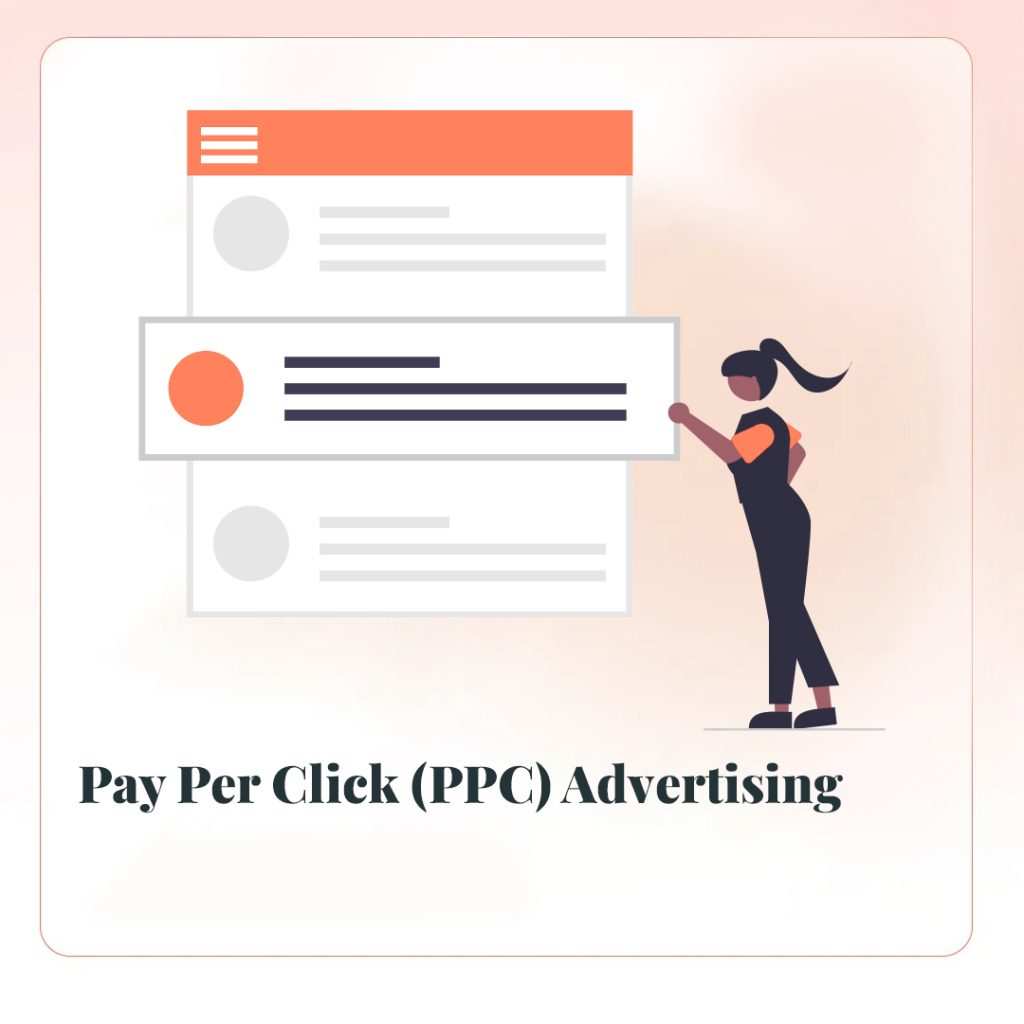In the realm of digital marketing, visibility is paramount. Social media platforms and search engines serve as gateways to audiences, making it crucial for brands to remain discoverable. However, a concept known as shadow banning has emerged as a challenge for content creators, businesses, and marketers alike. This practice, often subtle and unannounced, can hinder a brand’s ability to reach its audience, posing significant implications for marketing strategies.
In this article, we’ll dive deep into what shadow banning is, its impact on digital marketing, and strategies to avoid falling victim to it.
What is Shadow Banning?
Shadow banning refers to the covert restriction of a user’s content on social media platforms or search engines without their explicit knowledge. Unlike overt bans, where accounts are suspended or posts are removed, shadow banning operates in a more subtle manner, making content less visible or discoverable to audiences.
How Shadow Banning Works

- Limited Visibility: Posts appear less frequently on followers’ feeds, hashtags, or search results.
- Algorithm Adjustments: Platforms use algorithms to deprioritize flagged content.
- Stealth Mode: The user is unaware of the ban, leading them to believe their content is performing poorly.
Why Does Shadow Banning Happen?
Shadow banning often stems from violations of platform guidelines or algorithms designed to enhance user experience. Key reasons include:
1. Violation of Community Guidelines
Platforms like Instagram, Twitter, and TikTok have strict rules against inappropriate or harmful content. Content flagged as spam, abusive, or irrelevant can trigger shadow banning.
2. Excessive Use of Hashtags
Using irrelevant or excessive hashtags can make content appear spammy, resulting in reduced visibility.
3. Engagement Pods
Artificially inflating likes, comments, or shares using engagement pods or bots can lead to algorithmic penalties.

4. Political or Controversial Content
Posts that spark divisive debates may be intentionally deprioritized to maintain platform neutrality
5. Misuse of Automation Tools
Excessive reliance on automation tools for scheduling posts or engaging with followers can be flagged as bot-like behavior.
6. Frequent Content Reporting
If users frequently report a page or post, platforms might shadow ban the content to investigate the issue.
The Impact of Shadow Banning on Digital Marketing

Shadow banning can significantly disrupt a brand’s digital marketing efforts. Here are some of its effects:
1. Reduced Engagement Rates
With limited visibility, posts receive fewer likes, comments, and shares, impacting metrics used to measure campaign success.
2. Decline in Reach
A shadow-banned account fails to reach new audiences, limiting the growth of followers and brand awareness.
3. Loss of Credibility
Consistency in visibility builds trust. When content disappears without explanation, followers may perceive the brand as inactive or unreliable.
4. Wasted Resources
Efforts spent on creating content, running ads, and engaging audiences are rendered futile if content does not reach its intended audience.
5. Negative ROI
For businesses relying on social media for leads and conversions, shadow banning can translate into decreased revenue and lost opportunities.
How to Detect Shadow Banning
Shadow banning is notoriously difficult to confirm, but the following steps can help identify it:
1. Check Engagement Metrics
Monitor sudden drops in likes, comments, and shares compared to previous trends.
2. Test Content Visibility
Use another account or ask non-followers to search for your content using hashtags or keywords. If your content is missing, shadow banning might be at play.
3. Analyze Hashtag Performance
If posts using specific hashtags perform poorly compared to others, those hashtags might be flagged.
4. Review Platform Notifications
Check for any warnings or notifications from the platform about potential violations.

How to Avoid Shadow Banning

Proactive measures can help prevent shadow banning and ensure consistent visibility:
1. Adhere to Community Guidelines
Familiarize yourself with platform-specific rules and avoid posting prohibited content.
2. Use Relevant Hashtags
Limit hashtag use to those that are relevant and avoid banned or overused hashtags.
3. Avoid Bots and Automation Tools
Engage with followers manually to maintain authenticity and avoid detection by algorithms.
4. Steer Clear of Engagement Pods
While these groups promise quick engagement, they often trigger algorithmic penalties.
5. Diversify Content
Avoid overusing the same format or theme. Platforms favor fresh, varied content.
6. Monitor Analytics
Use analytics tools to track engagement trends and detect potential visibility issues early.
7. Stay Updated
Platforms frequently update their policies. Stay informed to align your strategies with new rules.
Recovering from Shadow Banning
If you suspect shadow banning, take these steps to recover:
1. Pause Posting
Take a short break to reset your account’s activity.
2. Review Content
Identify and remove posts that may have violated guidelines.
3. Appeal to the Platform
Contact the platform’s support team to inquire about the ban and seek resolution.
4. Engage Organically
Focus on genuine interactions with followers to rebuild credibility.
5. Audit Automation Practices
Eliminate suspicious tools and adopt manual strategies for posting and engagement.

Shadow Banning: Myth or Reality?
There’s ongoing debate about the existence of shadow banning, as platforms like Instagram and Twitter have denied its implementation. However, anecdotal evidence from users and marketers suggests otherwise. Whether intentional or algorithmic, the phenomenon’s effects are real and can impact marketing strategies significantly.
Best Practices to Mitigate Risks
To ensure your brand thrives despite algorithmic changes:
1. Build an Email List
Email marketing ensures direct communication with your audience, bypassing algorithmic limitations.
2. Leverage Multiple Platforms
Diversify your digital presence across various platforms to minimize dependency on a single channel.
3. Focus on SEO
Optimizing website content ensures discoverability on search engines, independent of social media algorithms.
4. Encourage Direct Engagement
Incentivize followers to turn on notifications for your content to guarantee visibility.
Conclusion
Choose Osumare Digital Marketing Agency to Shadow banning poses a unique challenge in the digital marketing landscape, threatening visibility and engagement for businesses and creators. While its existence remains controversial, understanding its implications and adopting preventative measures can safeguard your marketing efforts. By adhering to platform guidelines, diversifying strategies, and maintaining transparency, brands can navigate the complexities of shadow banning and continue to thrive in the digital age.

